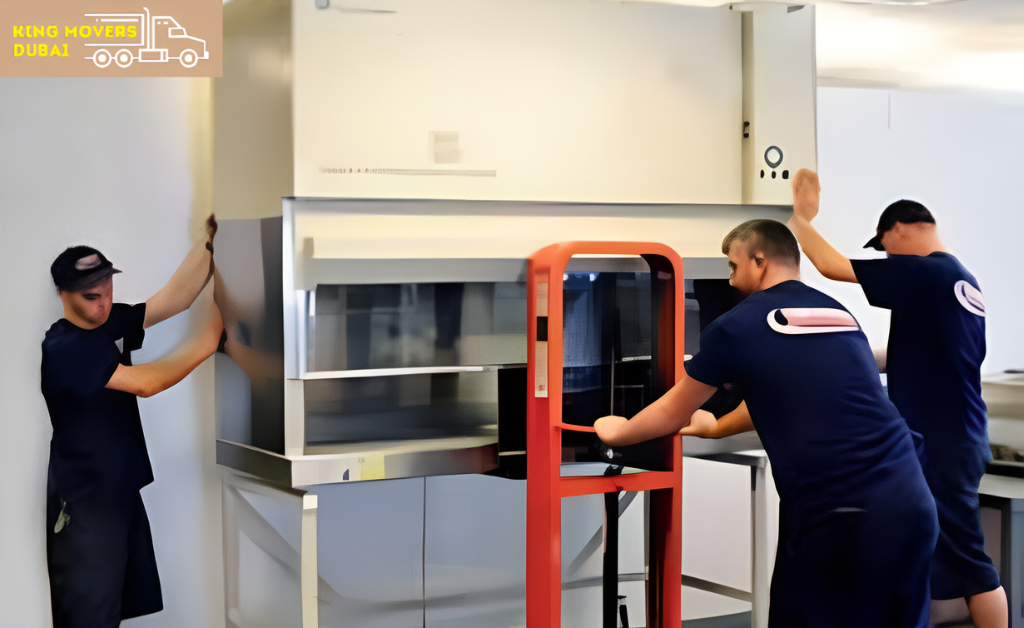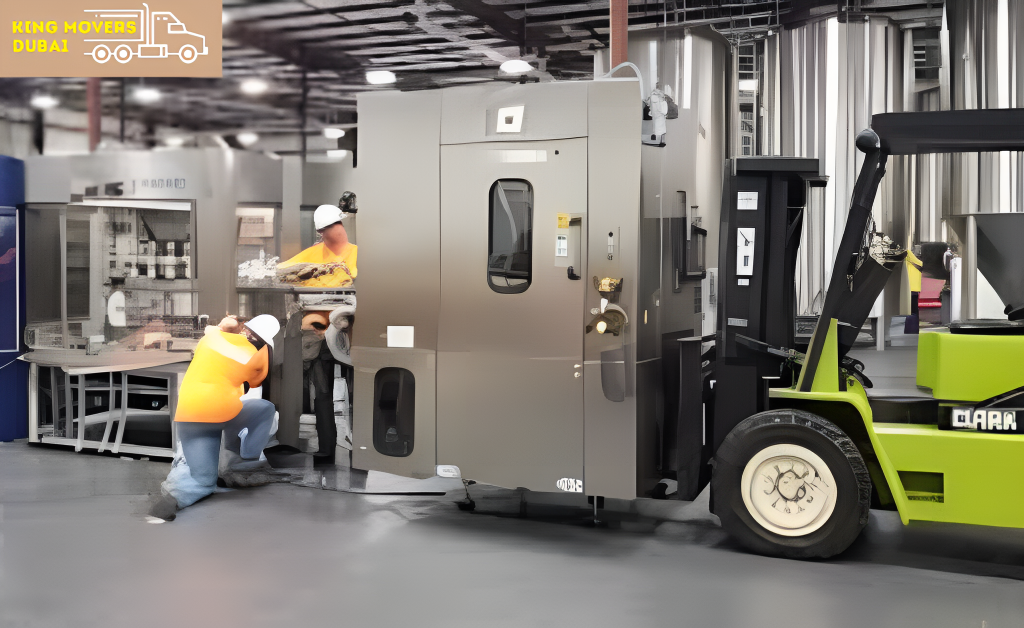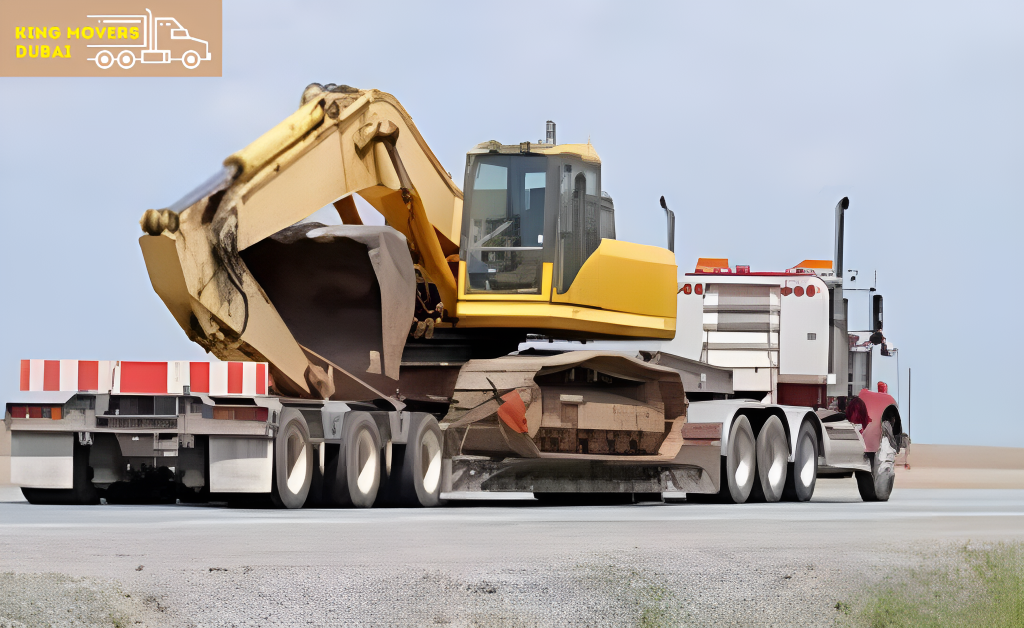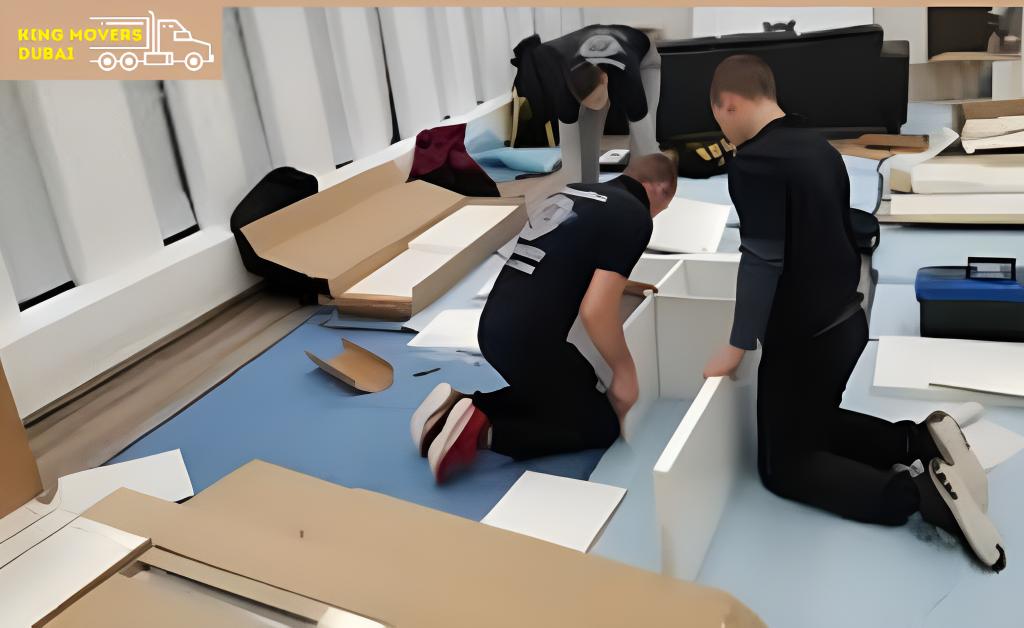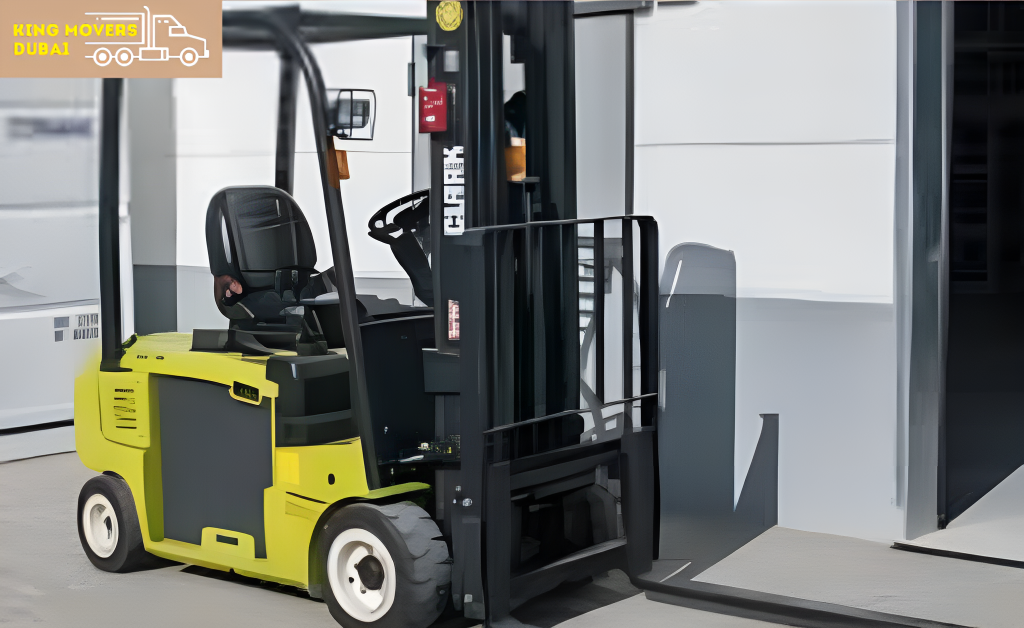Relocating a laboratory is not just about packing boxes and loading trucks. It requires planning, precision, and a strong understanding of compliance standards. In regulated environments—especially within biotech, pharmaceutical, and research settings—Laboratory Equipment Relocation must be handled with care to avoid contamination, calibration issues, or regulatory violations. At King Movers Dubai, we’ve helped countless facilities complete successful lab transitions while protecting high-value assets and sensitive materials.
Understanding the Complexity of Lab Relocation
Laboratories house much more than furniture and boxes. From temperature-sensitive freezers to calibrated instruments, the relocation process can impact the function and accuracy of essential tools. The goal of Laboratory Equipment Relocation is to ensure that nothing compromises data integrity or lab operations after the move.
Key Considerations Before the Move
Moving any research facility begins with a clear relocation plan. Here are the major factors every lab should consider:
Compliance and Regulatory Preparation
When planning for Laboratory Equipment Relocation, it’s essential to consult compliance officers and review applicable regulations such as GLP (Good Laboratory Practice). Pharma and biotech environments are under strict oversight, and failure to adhere to relocation protocols may result in costly downtime or penalties.
Asset Inventory and Labeling
Every microscope, centrifuge, freezer, and biological sample should be cataloged. Accurate inventory management ensures everything is accounted for before and after the move. Each item should be labeled based on fragility, content, and its specific handling requirements. This is especially important for labs transporting enzymes, animals, or hazardous materials.
Temperature and Environmental Control
Temperature-sensitive materials such as biological specimens or enzymes must be maintained at a consistent temperature throughout the transition. Reliable temperature logs and properly insulated boxes with foam inserts are non-negotiable. During Laboratory Equipment Relocation, planning for cold chain logistics prevents sample degradation.
Execution of the Move
With planning complete, the next phase involves executing the move without interrupting lab functionality. King Movers Dubai takes several steps to ensure minimal disruption.
Packing and Material Handling
We utilize anti-static packaging for electronics, foam-padded crates for fragile instruments, and spill-proof containers for chemicals or biohazards. Freezers and refrigeration units are transported in an upright position and pre-cooled vehicles are used where needed.
Coordination with Technicians and Scientists
Relocation teams must work hand-in-hand with lab technicians to understand the unique nature of each item. Calibration tools, for instance, need to be moved in a way that doesn’t disturb their alignment. Communication here is just as important as logistics.
Transport Safety and Insurance
When transporting valuable laboratory equipment, adequate insurance coverage is key. Trucks are outfitted with shock absorbers and real-time GPS monitoring to track movements. For high-risk materials or hazardous goods, licensed handlers are mandatory during Laboratory Equipment Relocation.
Post-Move Setup and Calibration
Once the lab equipment arrives at the new site, setting up is not just about placing items in the right place.
Re-Calibration and Function Testing
Most sensitive lab instruments—such as spectrophotometers and scales—require re-calibration after being moved. Engineers and specialists should be scheduled in advance to test each piece of equipment to confirm accuracy.
Documentation and Compliance Review
Every step of the Laboratory Equipment Relocation process must be documented. From the condition of each asset before the move to calibration logs afterward, maintaining a paper trail ensures continued regulatory compliance.
Common Mistakes to Avoid
Many labs underestimate the time and resources required. Here are a few pitfalls that can derail a move:
- Failing to account for downtime during reinstallation
- Not involving lab managers early in the planning stage
- Overlooking transport temperature for sensitive specimens
- Inadequate labeling of hazardous or perishable items
Avoiding these errors keeps both your budget and timeline on track.
Working with Experienced Movers
King Movers Dubai brings hands-on experience in Laboratory Equipment Relocation for labs of all sizes. Whether moving a single freezer or an entire biotech floor, we understand the challenges—from logistics and compliance to equipment integrity. We provide secure packing, trained staff, and full relocation project management to ensure nothing gets overlooked.
Budgeting for Lab Relocation
Planning your budget isn’t just about transport fees. It should also include:
- Packing materials (anti-static wrap, foam, crates)
- Insurance and permits
- Third-party calibration services
- Hazardous material disposal or documentation
- Downtime costs during transition
Including these factors avoids last-minute surprises and ensures a smooth Laboratory Equipment Relocation.
Final Thoughts
Successful Laboratory Equipment Relocation depends on planning, communication, and compliance. Whether you’re in research, biotech, or pharma, protecting your lab’s integrity during a move is non-negotiable. With the right team and strategy, you can keep operations running smoothly, even during relocation. King Movers Dubai is proud to support critical scientific and research institutions with reliable, regulation-conscious moving solutions.

